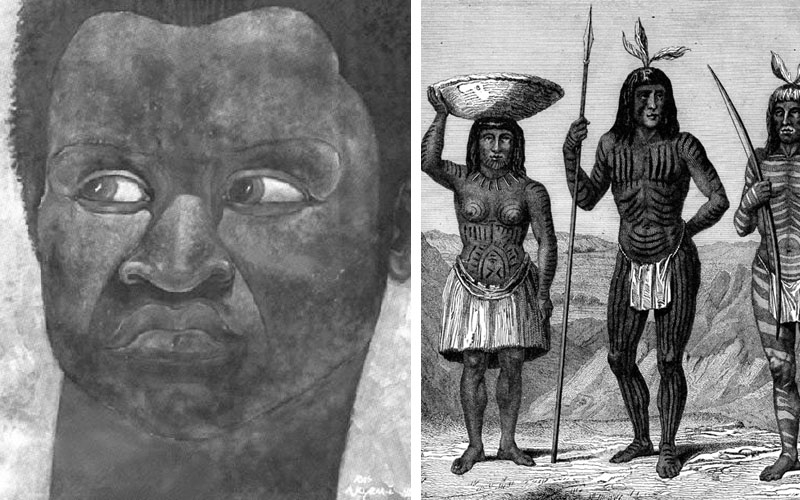©2015 Loop Barbados Inc. | All Right Reserved | Disclaimer | Privacy Policy | Terms & Conditions

In about 1620 B.C a tribe of peaceful Amerindians known as the Arawaks first settled in Barbados. This group of aboriginals came over from South America and their tribe thrived on growing crops and hunting their food. In about 1200 AD, another Amerindian tribe known as the Caribs, who were very war oriented, killed off the Arawaks and took over the island. A couple centuries later the Spanish discovered the island. They brought with them many European diseases, such as small pox and tuberculosis. These diseases eradicated the Caribs and sooner than later the Spanish left Barbados to explore the bigger Caribbean islands to the North of Barbados. In 1536, a Portuguese explorer came across the island on his journey to Brazil. He named the island Los Barbados (the bearded ones) after the fig trees whose roots look similar to a beard. These fig trees widely populated the island of Barbados at that time. Now, in the year of 1625, the English arrived in Barbados and saw its massive potential. In only two years Barbados had its first settlers and slaves and during the next two decades the population grew significantly. It was during this time that the introduction of sugar, molasses and rum production commenced. English Law, Customs and Traditions grabbed hold so rapidly that the island was soon referred to as “little England”. The first parliament was held in 1639 making it the third oldest in the common wealth. In the following years to come, Barbados moved towards independence with the emancipation of slaves in 1834, the enfranchisement of women in 1944 and the universal adult suffrage in 1951. Soon to be, on November 30th 1966, Barbados became an independent nation with a two-party system and a cabinet Government. Currently Barbados is recognized as one of the most politically stable countries in the world.